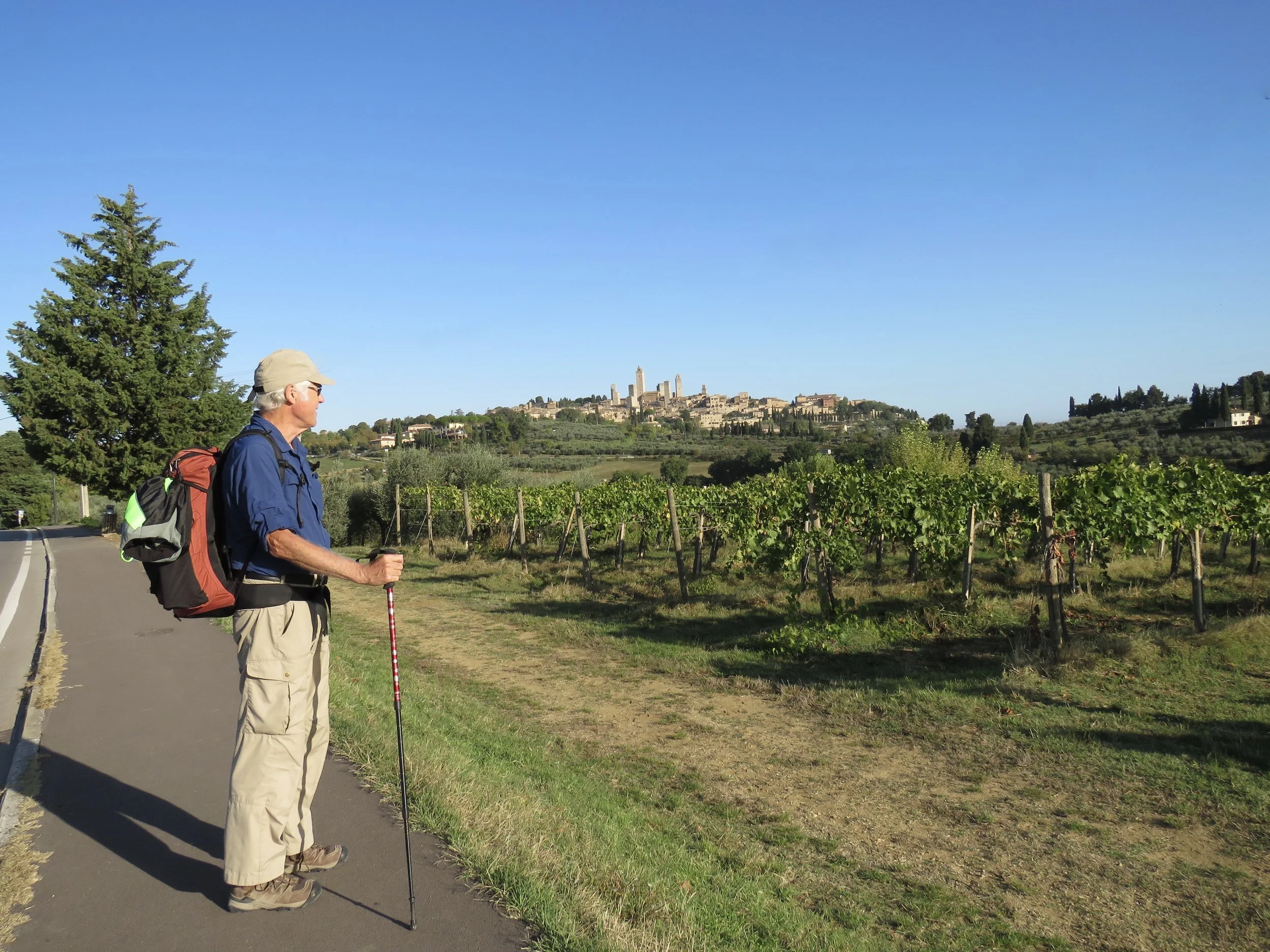We are headed south along Australia’s northern west coast. This is perhaps one of the most picturesque beaches of white sand, with aqua water and perfect swimming and snorkelling anywhere in the world.
But the campgrounds aren’t as great. We found a spot in the “beach front” rows of the campground closest to the beach. It really was just a walk past other campers and across the road. But it felt like we were camping in a parking lot, with cars coming and going, a petrol station right next to us. Busy, busy. $48 per night just to camp here. So we’re not staying as long as we would have liked to.
But the snorkelling is out of this world. Right off the beach you immediately float over amazing corral in all shapes and sizes, with multi-colored fish darting everywhere.. Large rainbow colored fishes, trailed by little blue, yellow, black & white fishes. Even the occasional turtle. Fabulous.
This morning we walked along the beach to an area of the reef where reef sharks have their nursery. The shallow waters were teaming with reef sharks in all sizes as well as a small ray.
Then we tore ourselves away from the tranquil coast and drove 430 KM down the same, boring desert road. It’s called the North West Coastal Highway. It’s not truly boring - there’s something imposing in its emptiness - but there really is nothing to see. Kees loves driving the long distances and I’m getting the tedious sleeves knit on the sweater I’m making.
The same red earth (Uluru’s color really is not that special when you consider that the whole continent is red soil. It’s just that Uluru is so hard, a monolith that has not eroded).
The same dusty green shrubs.
The same dead animals along the road. Not so many wallabees as there were along the Barkly Highway, but kangaroos, birds, cattle, even sheep. The cows are huge Brahmin cows and, apparently, get hit by road trains regularly. They lie on the side of the road with their stiff legs in the air, bloated and dried like gigantic leather purses.
Coral used to be used as building material here…
We even see the same people. Similar to the Camino de Santiago, a long distance hiking trail in Spain where you often run into the same hikers each day, here you also meet fellow travellers going in the same direction. We recognize people we saw two, three even five days back in another town. Obviously making the same stops along the same route.
We pass one town of a decent size and do our groceries for the next few days. Fill up with diesel whenever we find a larger town with lower prices. Then we find the turn-off to Denham, Shark Bay and - my long awaited stop - Monkey Mia.
I just finished reading Bill Bryson’s In A Sunburned Country, in which he elaborates about Hamelin Pool and stromatolites. From his book, I knew about these rocks containing the earth’ first microbes. If they had not existed, billions of years ago, and decided to release oxygen into the atmosphere, we might have never ‘happened’. So I was curious to see to what I owe this life on earth. Turns out stromatolites do not look exciting. The closest I can think of is lava. Black, greyish rocks sitting knee deep in saline water. No mysterious glow. No fluorescent frills. Not even gory green algae. Just rocks in clear water. But still. Cool to know that this is one of only two places on earth where stromatolites still ‘live’.
Stromatolites, the origin of life on earth.





